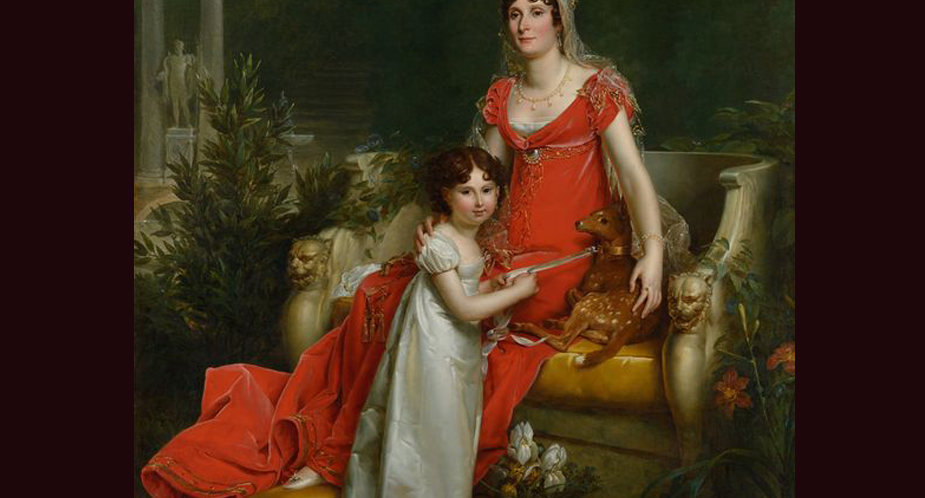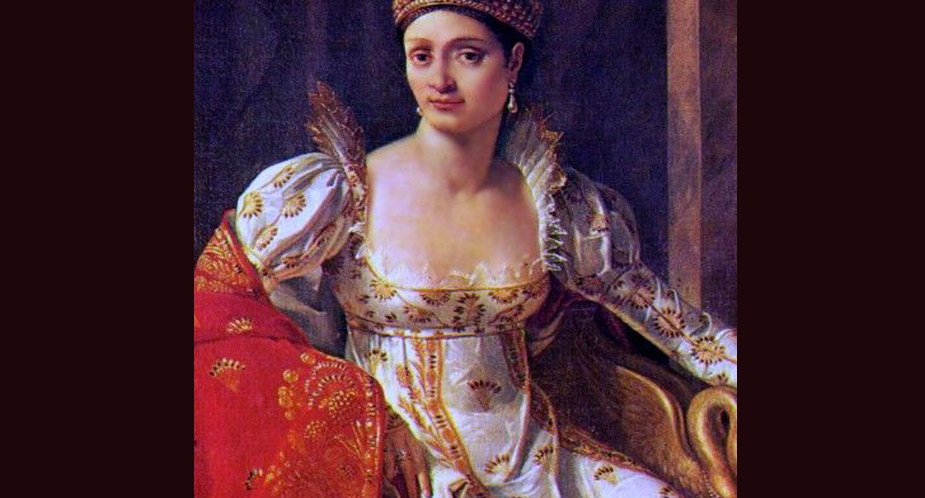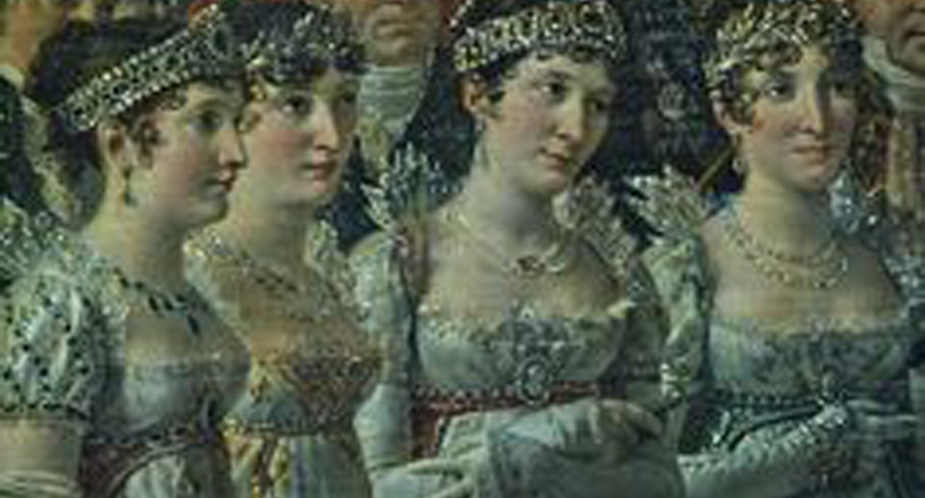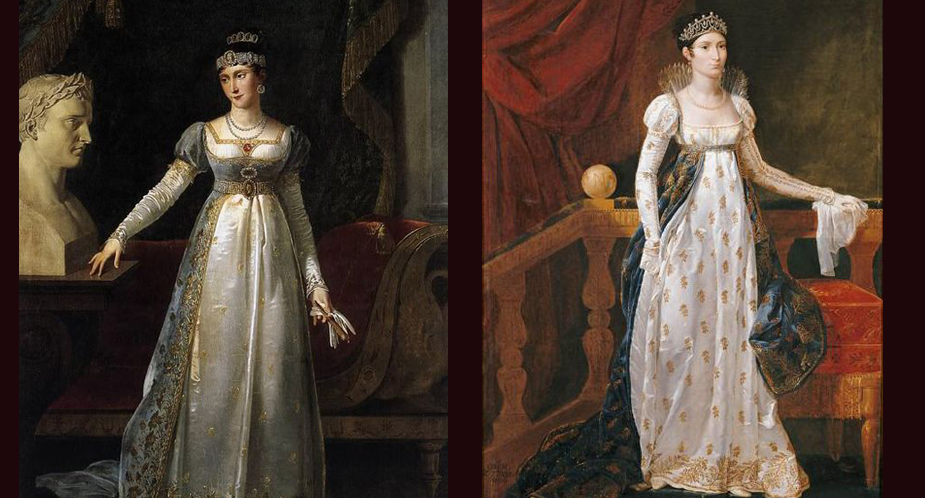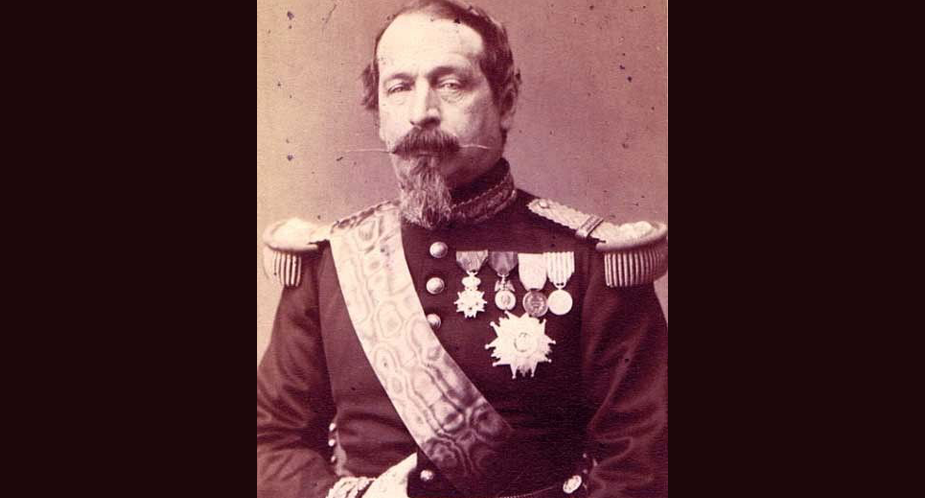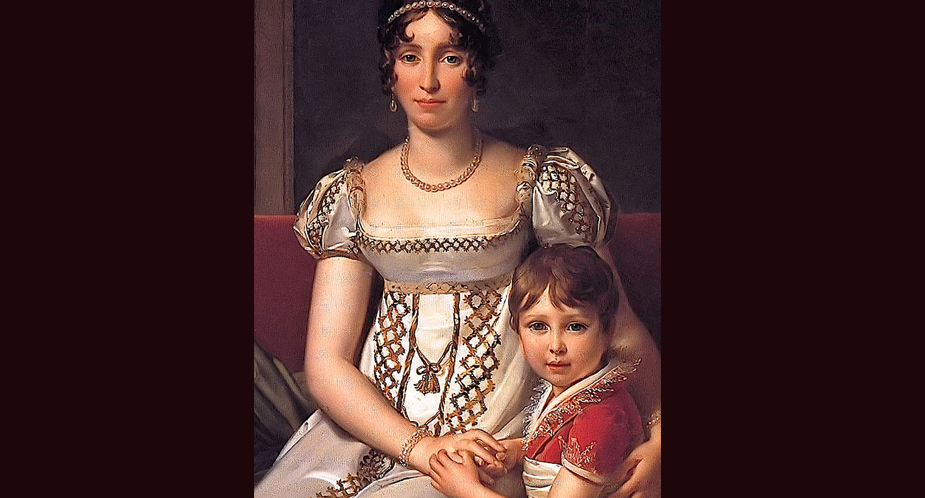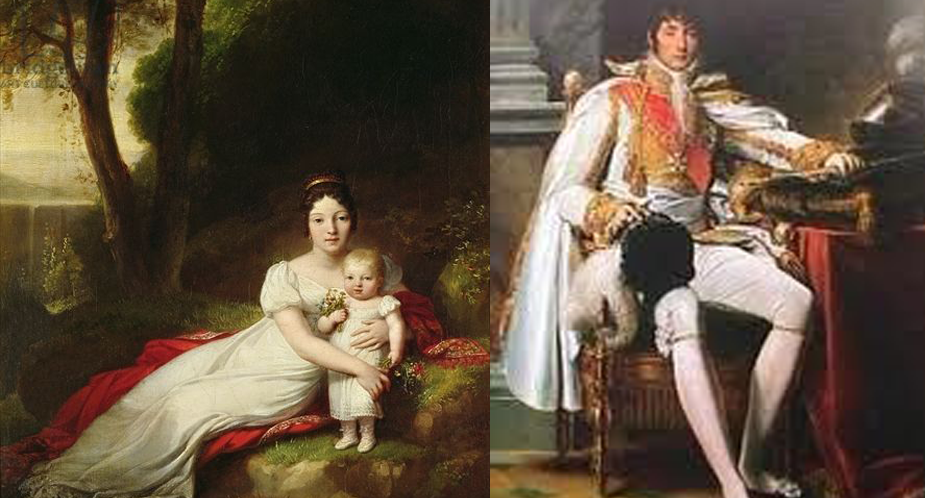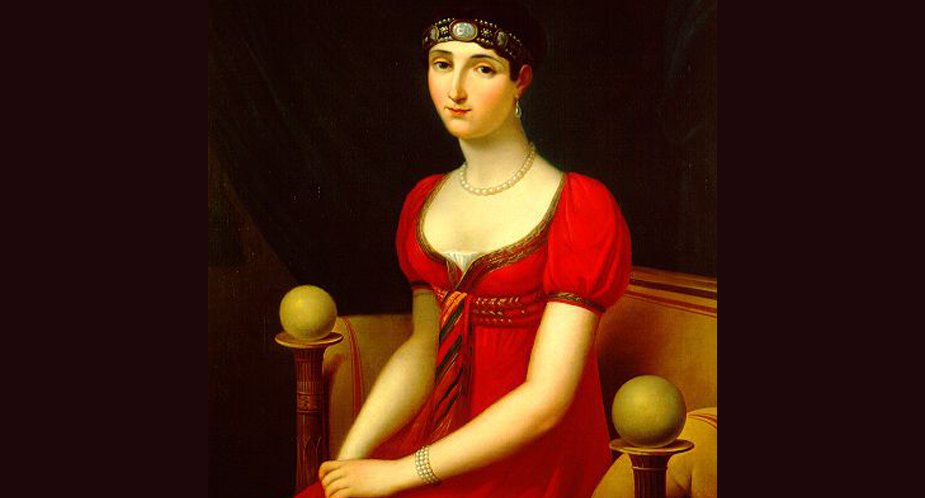… this young sister of Napoleon tore down ancient cathedrals to build palaces, such as one at Massa. She built aqueducts and spas. In 1807, when Napoleon’s 2nd wife Marie-Louise left Tuscany having been the 3rd person to fail at ruling it, Napoleon gave it to Elise. The result was …
